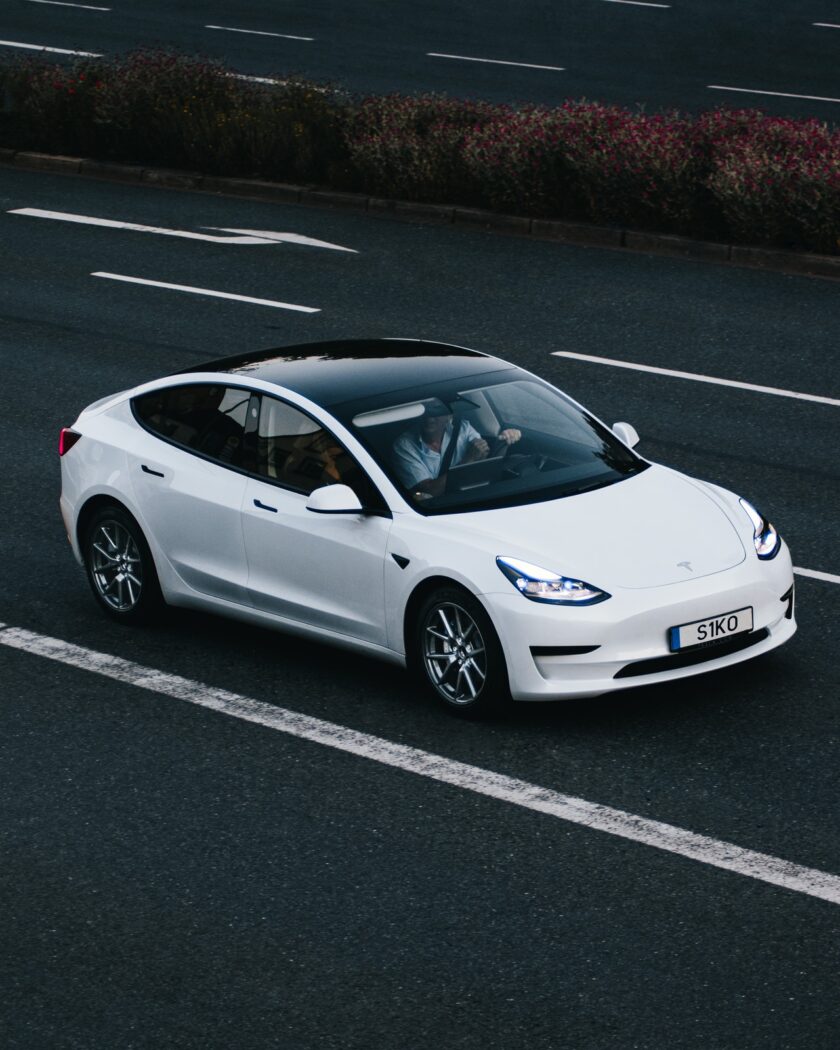
Which programming languages are most used in car industry?

It is not an easy question to answer. The truth is that there are many programming languages used in the automotive industry, and it differs by company. This article will tell you which programming languages are used in the car industry, what they do, and how they can help your business grow!
The car industry is one of the most competitive industries in the world. Every day, new brands are created and older ones are destroyed. The programming language used in the car industry can depend on the type of vehicle they manufacture (i.e., cars, trucks). The programming language also depends on what kind of vehicle connectivity features they offer (i.e., syncing with mobile devices, offering navigation services). Some companies use more than one programming language depending on how their website functions or which department they belong to.
The most popular programming languages in the car industry are Java, C++, and JavaScript.
Java
Java is used by Tesla Motors which manufactures electric cars with semi-autonomous driving features such as lane assistance and automatic emergency braking technologies. This programming language is also used by Volvo group who have introduced several new technologies in their cars such as wireless charging, embedded SIM card with WiFi hotspots and smartphone integration.
Java is also used by Toyota which manufactures infotainment systems for its vehicles with support for mobile apps on Apple CarPlay or Android Auto platforms. It’s not just about electric cars! Most companies use Java because it allows them to build different applications that deal with the car interior (i.e., remote keyless entry), the exterior (i.e., parking sensors), or safe driving features (i.e., forward collision warning). This programming language has many open-source tools which allow developers to create projects faster without reinventing the wheel each time!
Java is a general-purpose programming language and used by Ford which manufactures cars, trucks, and SUVs. This company uses Java because it’s easy to learn for young people or those that have little experience in coding.
C++
C++ is one of the oldest languages still being used today (i.e., created back in 1983). Unfortunately, most companies do not use this language anymore due to its lack of safety features compared with other newer programming languages such as Java or JavaScript.
C++ was mainly used by BMW which manufactures cars, trucks, and automotive components. Volkswagen Group is another company that uses C++ to create user-friendly infotainment systems for its vehicles with support for mobile apps on Apple CarPlay or Android Auto platforms. It’s not just about collecting information from the car! Most companies use this programming language because it allows them to develop different applications related to vehicle control (i.e., controlling engine parameters) or advanced driver assistance features (i.e., adaptive cruise control).

JavaScript
JavaScript is now one of the most popular languages in many industries including the automotive industry. This programming language is also used by Porsche which manufactures cars for both the road and track. It’s not just about electric cars! Most companies use JavaScript because it allows them to build different applications that deal with car infotainment (i.e., Apple CarPlay or Android Auto) or security features (i.e., facial recognition authentication).
Programming in the automotive industry today
The current state of automotive programming involves a lot more than just coding. In order to be effective, most developers spend their time writing and recording test cases instead of actually developing new features or fixing bugs. For example, an engineer’s job may consist mostly of creating tests that cover every possible variation on a vehicle accessory such as seat positioners and window switches. On top of this, they also need to ensure that all code works with previous versions and continues to work if components are added or removed from the design at any point during production. Since automakers can afford to invest so much into testing, they can afford to hire programmers with less experience than other industries. This creates a unique environment where junior developers are the norm and more experienced engineers may be scarce or hard to find.
Future of Programming in the Automotive Industry
The automotive industry is an ever-changing landscape. The reasons for this are many, but one of the most significant drivers is the rapid development pace in computing and information technology. This has led to major changes in programming paradigms over the last few decades, with more innovation on the horizon.
In the automotive industry, future programming paradigms are being developed to change how cars are controlled. These new paradigms will have a huge impact on the way that cars behave in various situations and could eventually lead to more autonomous driving.
Imagine a world where your car drives itself. No more traffic jams, no more waiting at the gas station for an hour to fill up, and no need to take public transportation ever again. This future is getting closer every day as programming becomes increasingly important in the automotive industry.
The future of automotive programming is not predetermined because what will actually happen depends on how automakers choose to prioritize development in their organization. If self-driving cars eventually become mainstream, then companies like Uber could stop hiring drivers altogether and start buying fleets of vehicles instead – potentially putting an end to car manufacturing as we know it today. On the other hand, if automation becomes something that’s used only for repetitive tasks then there shouldn’t be any major changes at all since most manufacturers already have plans in place whenever code needs updating anyway. In the end, it’s possible that automakers will be forced to choose between hiring more programmers and making their current employees more efficient.
